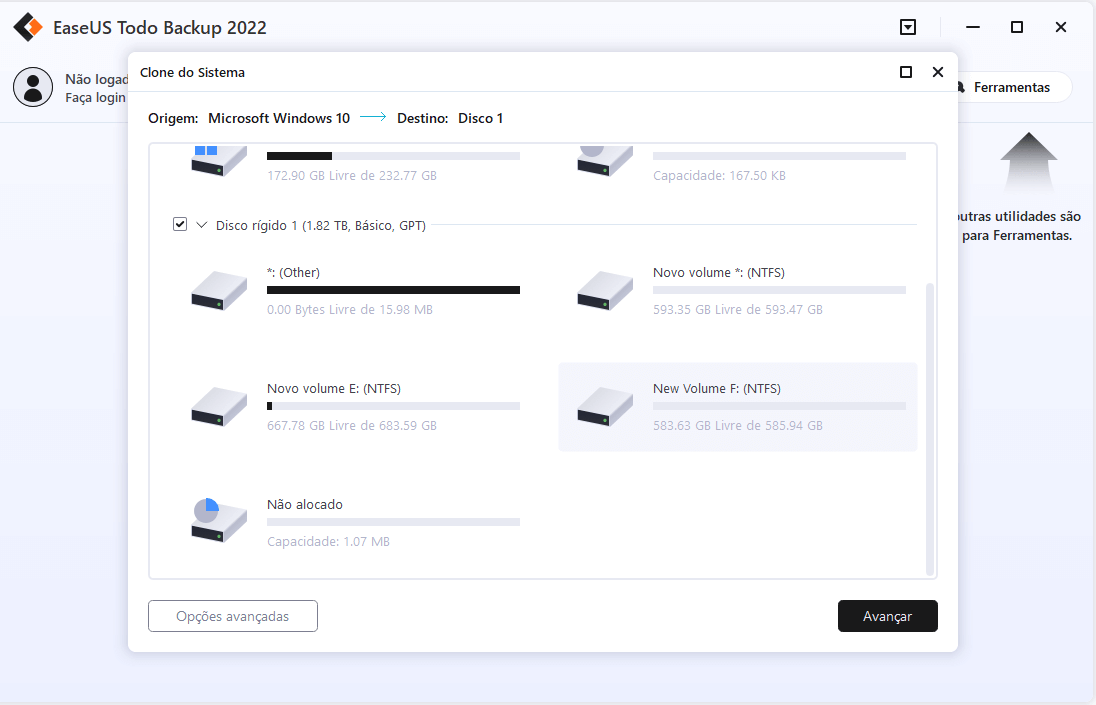


Under Destination, click the Browse button, point to your external drive where you want to store the backup, create a new folder, select it, then click OK.

To create your first image, click the menu Create an image of the partition(s) re q uired to backup and restore Windows. You can be granular with your backups by choosing only the partitions you want to save as part of your image. Similar to the System Image backup feature in Windows 10 and previous versions, this lets you create a replica of your current installation state. You can also find handy options such as cloning and standard file and folder backup.įor this article, we are going to focus on image backups. Macrium integrates heavily with Windows-examples include support for attaching and browsing backups boot image backups in Hyper-V generating PowerShell scripts to automate backups creating batch files, and of course, scheduling backups. But this a powerful alternative offering a range of options for creating and managing backups. The Macrium Reflect interface is a bit more jam-packed than what you would normally find in Windows 10. Setup was quick and easy but needed a restart to complete changes made to the system. Included are a collection of preinstallation environment tools based on Microsoft’s Windows Image deployment solutions. Macrium provides a small click to run the installer, but I chose the offline installer, which required finding the download agent this downloads the full installer at around 800 MBs. But if you have a good internet plan and are looking for a service to keep multiple versions of your personal files safe, online backup solutions like Backblaze are still your best bet. This makes online solutions-like Backblaze or ElephantDrive are untenable solutions for him. Editor’s note: Andre may be a self-proclaimed cheapskate, but note that a big gamechanger for him is that he lives out in the middle of nowhere and gets all his internet via mobile data costly and slow.


 0 kommentar(er)
0 kommentar(er)
